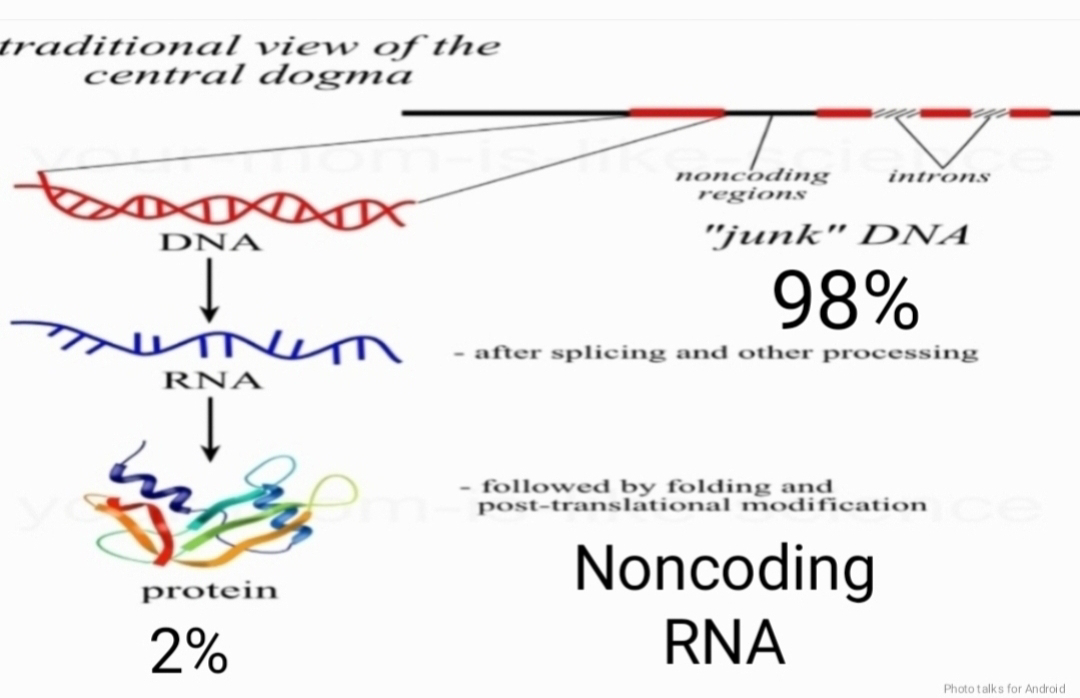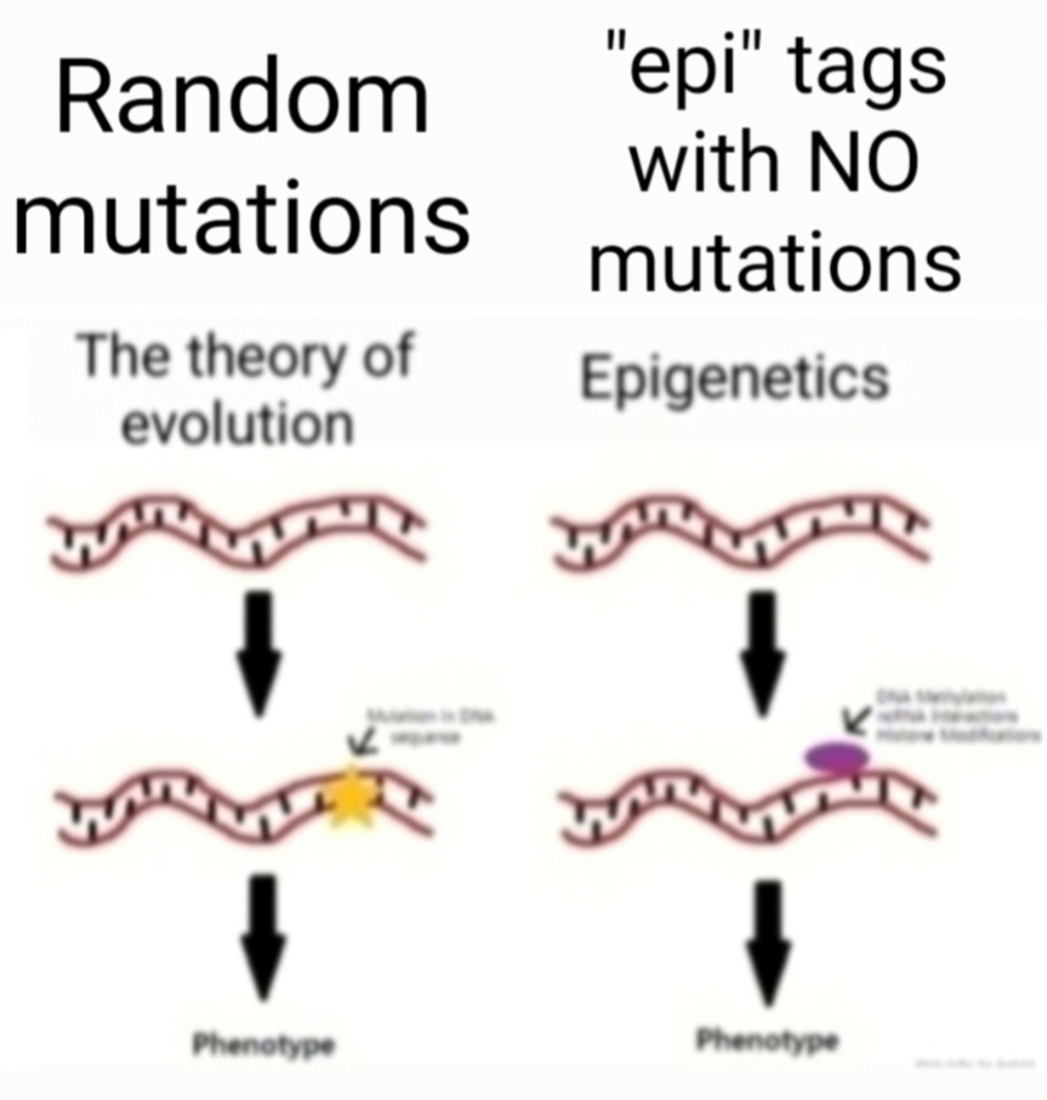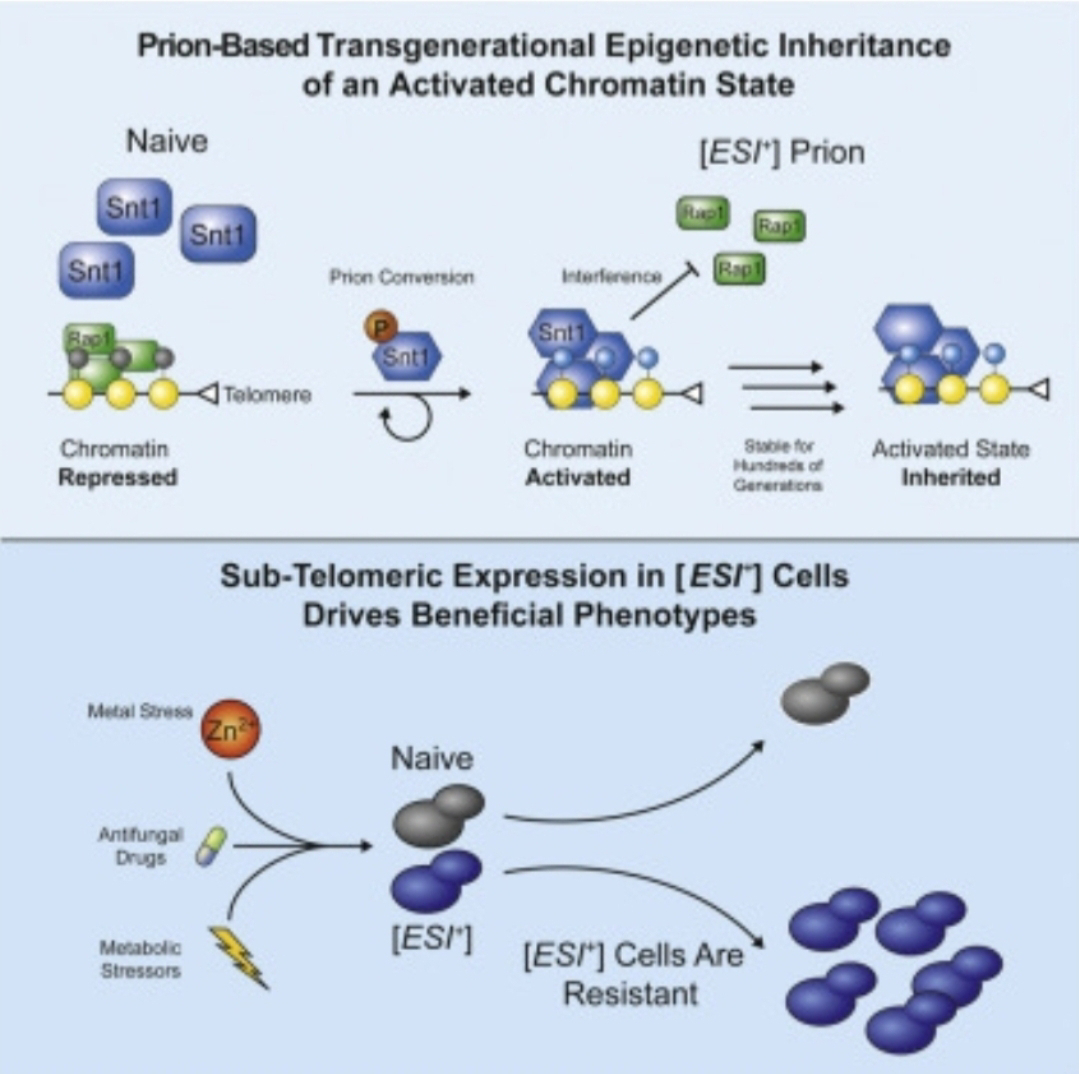Bending the Central Dogma: New Discoveries Reshaping Our Understanding of Genes and Information Flow
Bending the Central Dogma: New Discoveries Reshaping Our Understanding of Genes and Information Flow
The Central Dogma, proposed by Francis Crick in 1958, has long been the cornerstone of our understanding of how genetic information flows. It dictates a seemingly straightforward one-way street: DNA → RNA → protein. This elegant paradigm laid the foundation for evolution, revolutionizing our understanding of life and disease. But like any good map, it's important to periodically check for hidden shortcuts and uncharted territories. And that's precisely what recent discoveries are doing, revealing fascinating detours and bypasses that complicate, and ultimately challenging the Central Dogma.
1. gBGC and the Shadow Code:
Imagine a hidden inscription tucked beneath the official text on a document. That's what gBGC (Guanine-cytosine bias in gene composition) is like. This phenomenon refers to the non-random non darwinian distribution of G and C nucleotides within coding regions, seemingly defying the randomness expected from pure chance. Researchers believe gBGC might be a second layer of genetic information superimposed on the DNA sequence, influencing codon bias and potentially impacting protein folding and function.
While the nature of this "shadow code" remains enigmatic, its implications are intriguing. Could gBGC be another level of regulatory control, fine-tuning protein expression and adding another layer of complexity to the genetic landscape? The investigation continues, promising exciting developments in our understanding of the intricate language of DNA.
2. Horizontal Gene Transfer: Junk DNA Gets a Hitchhike:
Remember all that "junk DNA" we used to dismiss as evolutionary leftovers? Turns out it hitches a ride on a fascinating, if unconventional, mode of transport: horizontal gene transfer (HGT). This process allows organisms to acquire genetic material not from their parents, but directly from other individuals, even across different species!
Imagine a bacterium picking up a gene for antibiotic resistance from its neighbor. Suddenly, it's armed against a previously lethal threat, highlighting the dynamic and collaborative nature of evolution. HGT challenges the traditional vertical inheritance model, blurring the lines between species and forcing us to rethink the concept of a distinct organismal genome. It's a game-changer, rewriting the narrative of genetic inheritance and demonstrating the interconnectedness of life at the molecular level.
3. Epigenetics: Beyond the Blueprint:
The Central Dogma portrays DNA as a static blueprint, dictating protein production. But life rarely plays by simple rules. Enter epigenetics, the study of heritable changes in gene expression that don't involve alterations in the DNA sequence itself as per neo darwinism. Chemical modifications to DNA or its associated proteins, like methylation or acetylation, can act as dimmer switches, turning genes on or off without changing the underlying code.
This layer of control adds incredible flexibility to the genetic program. Imagine two individuals with identical DNA yet displaying vastly different traits. Epigenetics provides a plausible explanation, revealing how environmental factors, lifestyle choices, and even experiences can leave lasting impressions on our gene expression, shaping not just who we are, but also who we become.
Ants with same genotype but different phenotypes4. Prion Inheritance: Shaping the Fold Across Generations:
Proteins are not static molecules; they fold into intricate shapes that dictate their function. Traditionally, these shapes were thought to be solely determined by the amino acid sequence encoded in the DNA. But prion protein particles, challenge this notion. They can adopt alternative conformations that propagate like templates, influencing the folding of other proteins even in subsequent generations, without any changes in the underlying DNA sequence.
A recent study published in the journal Cell demonstrated that a specific prion named [ESI+], formed by the protein Snt1, can establish and maintain an "activated chromatin state" in the yeast Saccharomyces cerevisiae. This activated state makes genes in specific regions of the genome more accessible for transcription, leading to their increased expression. This state can be inherited for 100’s of generations.
This "protein inheritance" adds another challenge to the Central Dogma, demonstrating how information can be transmitted not just through DNA, but also through the very shapes of proteins themselves.
5. Non-Coding RNA: The Silent Majority Takes the Stage:
For decades, most of the DNA was labeled "junk" because it didn't seem to code for proteins. But this "dark matter" of the genome is no longer silent. The central dogma assumes most genes code for proteins. Yet, ncRNAs make up a vast majority of the transcribed genome, and many have crucial functions independent of protein production.
This challenges the central dogma beyond protein sequences. Non-coding RNA (ncRNA) molecules, once considered mere byproducts, are emerging as powerful regulators of gene expression. From microRNAs silencing specific genes to long non-coding RNAs orchestrating complex cellular processes, ncRNAs are rewriting the script of genetic control.
While ncRNAs themselves don't follow the protein-coding step, they can significantly impact its outcomes. By regulating protein production, they influence the downstream effects of the central dogma. Overall, ncRNAs add a complex layer of regulation challenging the central dogma. They demonstrate that genetic information flows through intricate networks, not just a linear sequence.
Challenging the Central Dogma: New Discoveries Rewriting the Rules of Genetics
For decades, the central dogma of biology reigned supreme, dictating the flow of genetic information: DNA gets transcribed into RNA, which then gets translated into protein. This one-way street seemed absolute, with DNA holding the master blueprint for life. However, recent discoveries are chipping away at this dogma, revealing fascinating new pathways and challenging our understanding of evolution.
gBGC , HGT, Epigenetics, Prions, and Noncoding RNA, collectively, paint a far richer and more dynamic picture of genetic information and evolution. They challenge the one-way street of the central dogma, revealing a web of interconnected pathways, hidden codes, and alternative inheritance mechanisms. These findings necessitate a broader perspective, rethinking neo darwinism to incorporate these new players and their intricate dances.
So, the next time you think about your genes, remember, it's not just about the blueprint. It's about the hidden codes, the unexpected leaps, the epigenetic switches, the protein whispers, and the silent orchestra within. It's a story far grander and more captivating than neo-Darwinism ever imagined.
Ref:
https://www.sciencedirect.com/science/article/abs/pii/S0079610722000347
https://link.springer.com/article/10.1007/s12304-021-09405-3
https://academic.oup.com/nar/article/37/4/1011/2410406
https://www.cell.com/molecular-cell/pdf/S1097-2765(22)01213-8.pdf









Comments
Post a Comment